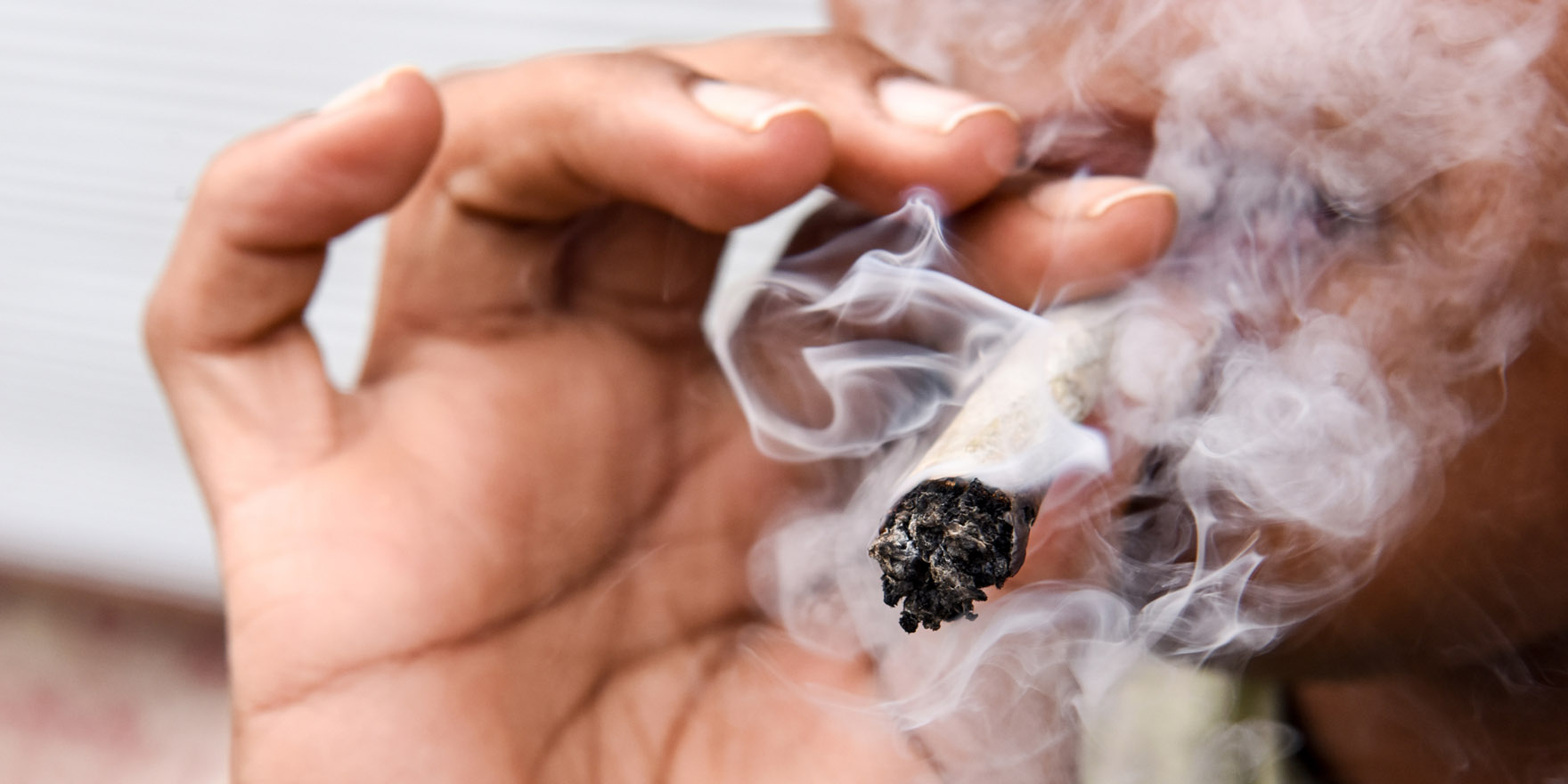US states that have introduced medical cannabis have higher rates of cannabis abuse, a study shows
US states that have introduced medical cannabis have higher rates of cannabis abuse, a study shows, but even if the link is causal, the public-health benefits of legalisation may still outweigh the risks, experts argue.
Drawing on self-reported data from over 100,000 people, the study in JAMA Psychiatry examined the rate of illicit cannabis use and cannabis disorders in states with and without medical cannabis legislation.1
Currently, 28 states in the US have laws which allow the use of medicinal cannabis, while recreational use is legal in eight states.
The trial found states with more permissive cannabis laws had greater increases in reported rates of misuse in the period from 1991, when the first medical use of cannabis was permitted, to 2013.
Therapeutic cannabis provides benefits for people with chronic pain, epilepsy, multiple sclerosis and chemotherapy-induced nausea and vomiting.
The prevalence of illicit use increased 3.6% in states with medical cannabis, compared with 2.2% in states without medical cannabis legislation.
Cannabis disorders reported increased by 1.6% in the 15 states with more relaxed laws, 0.6% more than in the 24 remaining states studied.
Around 8.3% of the US population used cannabis in 2015, with 10% of that number using it medicinally and 90% recreationally.
“This study suggests that medical marijuana legislation contributed to increasing US adult illicit cannabis use and cannabis disorders,” the authors said.
“While some can use cannabis without harm, potential consequences include impaired functioning, vehicle crashes, emergency department visits, psychiatric symptoms and addiction.”
A JAMA Internal Medicine study in 2014 found US states with legal medical cannabis also have a 25% lower opioid overdose death rate compared with other states.2
Dr Alex Wodak, president of the Australian Drug Law Reform Foundation, said it was hard to judge from the latest study whether the slight increase in cannabis misuse was significant in public-health terms.
“So we are left with a pretty small increase in cannabis use and cannabis-use disorder which may, or may not, be compensated for by sizeable benefit of patients obtaining relief from distressing symptoms,” Dr Wodak said.
Associate Professor David Allsop, a psychopharmacologist at the University of Sydney, said the findings were expected with increased access to medical cannabis under the models used in the US.
He said the increase in the misuse of drugs was a natural consequence of making medicines available for therapeutic use.
“This [research] may have completely different implications in an Australian context, where we have different medical cannabis approach involving very tightly controlled access through a very strict regulatory system,” Professor Allsop said.
The study also might be detecting an uptick in honest responses in states with lawful medicinal cannabis, Dr Wodak said. “It seems a very real possibility to me.”
The authors acknowledged this issue, writing that “diminished under-reporting as cannabis gained acceptability could have influenced the observed increases”.
References
1. JAMA Psychiatry 2017, 26 April
2. JAMA Intern Med. 2014 Oct;174(10):1668-73.


